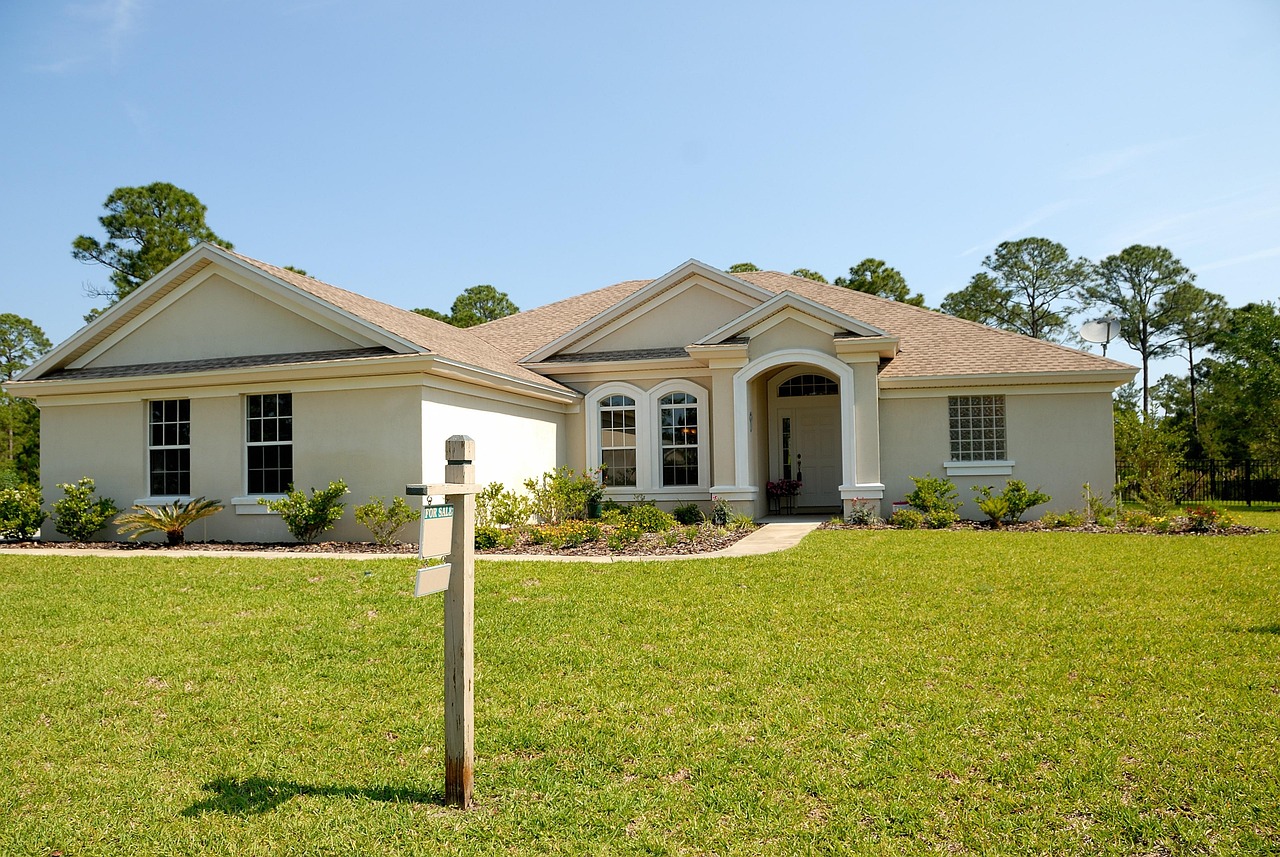A sump pump is a key part of protecting homes in Mississauga from basement flooding caused by the city’s high water table and frequent rainstorms. Sump pump installation Mississauga typically starts around CAD 690 and involves placing a pump in a sump pit to remove excess water before it damages the foundation or basement.
Many older homes in Mississauga lack modern drainage systems, making a sump pump an essential upgrade for preventing water damage. Experienced local plumbers offer reliable installation services designed to keep basements dry year-round, using systems with quiet operation and battery backup for added protection.
Proper sump pump installation ensures homeowners avoid costly repairs related to flooding and maintain a safe, dry basement space. This article will provide key insights on why installing a sump pump is important, what to expect from local services, and how to safeguard your home effectively.
Sump Pump Installation Process
Installing a sump pump involves several key stages to ensure effective water management and basement protection. Each step requires careful attention to the home’s layout, water conditions, and proper equipment choice, followed by precise installation and thorough testing.
Site Assessment and Planning
Technicians begin by analyzing the basement’s water table levels, drainage patterns, and structural layout. This helps identify the lowest point where water accumulates, which will be the sump pit location. Understanding seasonal water behavior in Mississauga is crucial to select an appropriate pump system.
They also inspect existing drainage systems and foundation conditions. Accurate measurements are taken to ensure the sump pit fits seamlessly without compromising the foundation. Planning includes evaluating power supply access and discharge points for water removal, ensuring compliance with local codes.
Selecting the Right Sump Pump
Choosing the correct sump pump depends on the home’s size, typical water volume, and basement configuration. Two main types are commonly used: submersible pumps and pedestal pumps. Submersible pumps sit inside the sump pit and are quieter, while pedestal pumps have a motor above water, making maintenance easier.
Pump capacity, measured in gallons per minute (GPM), is matched to the expected water flow to avoid overloads during heavy rain. Features like automatic float switches and battery backups are considered to maintain operation during power outages. Selecting a durable model suited to Mississauga’s climate and local water conditions is essential.
Installation Steps
The installation starts by cutting and excavating the sump pit at the identified lowest point. The pit is typically 18-24 inches wide and deep enough to allow the pump to sit securely below the floor level.
Next, the pump is placed in the pit and connected to a discharge pipe system. This pipe directs water away from the foundation, typically leading to external drainage or storm sewers. An airtight sealing around the pit prevents debris and radon infiltration.
Electrical wiring follows, installing a dedicated outlet or breaker to safely power the pump. Float switches are positioned to activate the pump automatically as water rises. Final steps include securing all plumbing connections and installing check valves to prevent backflow.
Post-Installation Testing
Once installed, comprehensive testing ensures full system functionality. Water is poured into the pit to trigger the float switch, activating the pump. Observations are made on the pump’s response time, discharge rate, and sound levels during operation.
Technicians check for leaks in the discharge pipes and verify the valve’s performance in preventing reverse flow. Power backup systems, if installed, are tested under simulated outage conditions.
A final inspection confirms all components comply with safety standards and homeowner requirements, providing reassurance that the sump pump system will perform reliably under typical and extreme water conditions.
Benefits and Maintenance of Sump Pumps
A sump pump plays a crucial role in managing water accumulation around a home’s foundation. Proper maintenance ensures the system operates efficiently and prevents costly damage. Recognizing potential issues early can extend the pump’s life and avoid basement flooding.
Preventing Basement Flooding
A sump pump directs excess water away from the foundation, minimizing the risk of basement flooding during heavy rains or groundwater rise. This is particularly important in Mississauga, where sudden downpours and a high water table can lead to water seepage.
Key prevention factors include:
- Installation in an appropriate pit with proper excavation.
- Regular testing to confirm the pump activates when water reaches a designated level.
- Use of battery backup systems to maintain operation during power outages.
By consistently removing water before it accumulates, sump pumps protect the home’s structural integrity and reduce mold or mildew growth caused by damp conditions.
Extending System Lifespan
Routine maintenance is vital to extend a sump pump’s lifespan. This includes checking the power source, cleaning debris from the pump and pit, and inspecting the discharge pipe for obstructions.
Annual or semi-annual inspections can identify wear and tear early. Replacing worn parts, lubricating moving components, and ensuring the float switch operates freely help maintain reliable function.
Homeowners should consider installing a battery backup to avoid damage when electricity cuts out. Proper upkeep can prevent unexpected failures and costly replacements, keeping the pump in service for many years.
Signs of Pump Malfunction
Awareness of malfunction signs can prevent severe water damage. Common indicators include:
- Continuous running without turning off.
- Strange noises like grinding or rattling.
- Water pooling around the sump pit or basement floor.
- Failure to activate during water presence.
If a sump pump fails to operate correctly, it may be due to electrical issues, a blocked discharge line, or a faulty float switch. Prompt professional inspection and repair are essential to restore effective water management and safeguard the home.



